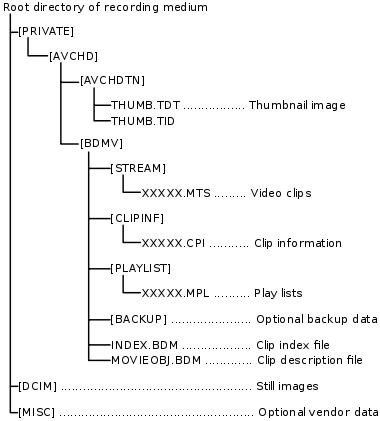class: center, middle, inverse, title-slide # Video editing for language documentation ### Leah Pappas & Bradley McDonnell ### 2019/07/11 (updated: 2020-02-09) --- # Overview 1. Understanding video files: Codecs & Containers 1. Brief intro to current video editing practices in language documentation. 1. Introduce Adobe Premiere 1. Walk through example of file editing. <!-- # Understanding AVCHD video Files .center[  .caption[ **Fig. 1:** AVCHD File Structure ] ] --> --- # Understanding video files <iframe width="560" height="315" src="https://www.youtube.com/embed/WpBjGUlBTHU" frameborder="0" allow="accelerometer; encrypted-media; gyroscope; picture-in-picture" allowfullscreen></iframe> <p><a href="https://www.youtube.com/embed/WpBjGUlBTHU">Codecs & Containers</a> from <a href="https://www.youtube.com/embed/WpBjGUlBTHU">RStudio, Inc.</a> on <a href="https://youtube.com">YouTube</a>.</p> --- <!-- - Containers - Contain all information about a video file: video, audio, metadata - Popular containers: MPEG-4 (.mp4), AVCHD (.mts), QTFF (.mov) - Codecs - Way to compress or decompress (code or decode) data - Data is compressed for storage and decompressed when a video is played - Popular codecs: H.264 (for .mp4 files), MPEG-2 (for .mts files) ProRes (Apple proprietary) - Lossless vs. lossy - Lossless: a method of data encoding that allows the original data to be completely reconstructed upon decompression - Lossless audio codecs: .wav, .aiff - Lossy: a method of data encoding that only saves the essential information in order to reduce file size - Lossy audio codecs: .mp3, .aac --> # Video editing in language documentation - Why do we need to edit videos? - To create archive-ready video into a single high-quality file - To export videos into accessible and/or shareable file types - To sync video and audio that were created using a dual system method - There is no established workflow for video - But some archives have created methods (see especially [ELAR](https://www.soas.ac.uk/elar/helpsheets/)) - There is no all-encompasing free open-source video editing software (e.g., Audacity for video) --- class: left # What is Adobe Premiere? - A non-linear video editing system - Acts as a middle man between the original and edited files - It does not alter the original file - Many, many video professionals use Adobe Premiere --- class: left # Workflow 1. Upload files (audio and video) - For AVCHD video, upload the highest level folder (usually named "PRIVATE") - ... and ***don't*** rename the file! - simply place it in a folder that is properly named 1. Align audio and video (in Premiere) 1. Trim files (in Premiere) 1. Choose export settings (in Premiere) 1. Export (in Media Encoder) --- class: center, middle, inverse # Let's practice! --- # To learn more about Adobe Premiere... # [check out these Premiere tutorials](https://helpx.adobe.com/premiere-pro/tutorials.html) --- # (Free) video editing software - [Hitfilm](https://fxhome.com/express) - Confusing download - [Openshot](https://www.openshot.org/download/) - No way to align audio and video (must do it manually) - [Lightworks](https://www.lwks.com/index.php?option=com_lwks&view=download&Itemid=206) - Not intuitive. - Can’t export to high-quality formats (highest is 720) - [DaVinci Resolve](https://www.blackmagicdesign.com/products/davinciresolve/) <- personal favorite! - Super slow export - Not intuitive - [Handbrake](https://handbrake.fr/downloads.php) (file conversion software) - Only converts to .mkv and .mp4 <!-- # All this technical stuff confusing? Check out youtube! .center[  .caption[ **Fig. 2:** This book may be useful in teasing these apart ] ] -->